NASA's Kepler space telescope left one last gift before retiring: in its final days of activity, in October 2018, it discovered three more exoplanets, after a long career lasting almost 10 years, more than 2,600 new confirmed planets and many more yet to be confirmed. The last planetary trio was found among the Kepler data thanks to a group of astronomers and volunteers, led by the American University of Wisconsin-Madison: the observations, published in the journal Monthly Notices of the Royal Astronomical Society, show three bodies between that of Earth and Neptune, orbiting three different stars.
The Kepler space telescope was launched in March 2009, with the aim of constantly monitoring a narrow region of the sky in the constellations Cygnus and Lyra: this allowed Kepler to track changes in the brightness of stars due to the passage of planets orbiting them. It was, in fact, the first NASA mission to find a world of similar size to ours within the habitable zone of its star. The last period of observations of the telescope before retirement lasted only a month and, of this, only about 7 days present high quality data, since with the exhaustion of fuel Kepler was no longer able to maintain its position.
Researchers led by Elyse Incha then teamed up with volunteers to scan the latest data for exoplanets, discovering three of them. The smallest, K2-416 b, is about 2.6 times the size of Earth and orbits a red dwarf star in about 13 days. The same type of star also characterizes the second planet, K2-417 b, which is 3 times the Earth and has an orbit of only 6.5 days. The last one, called EPIC 246251988 b, is four times the size of our planet and moves around a Sun-like star in about 10 days.

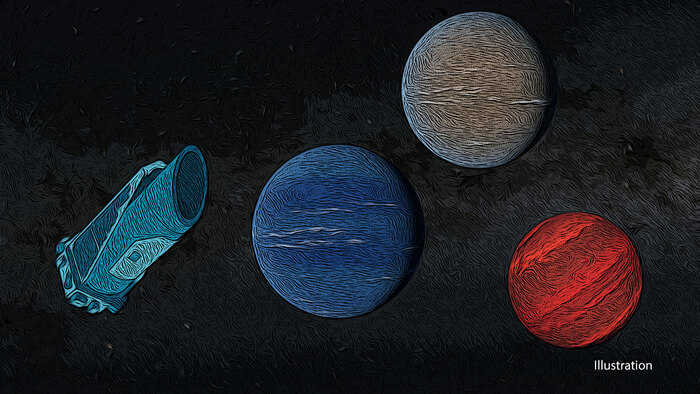
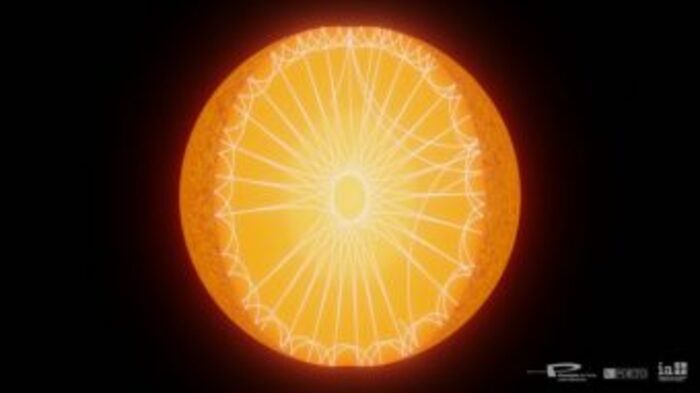
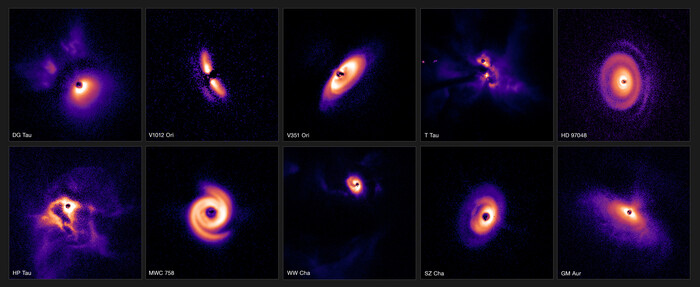
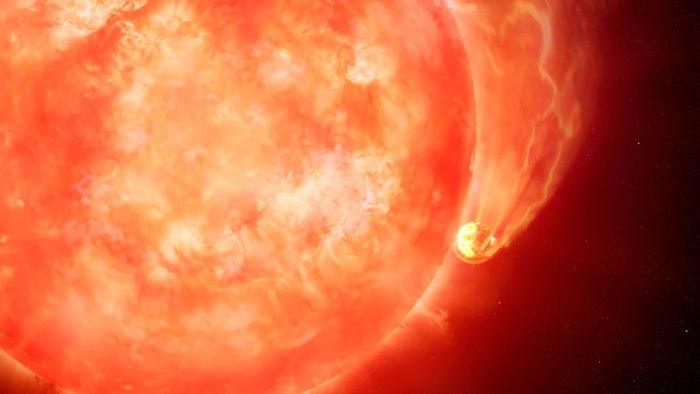

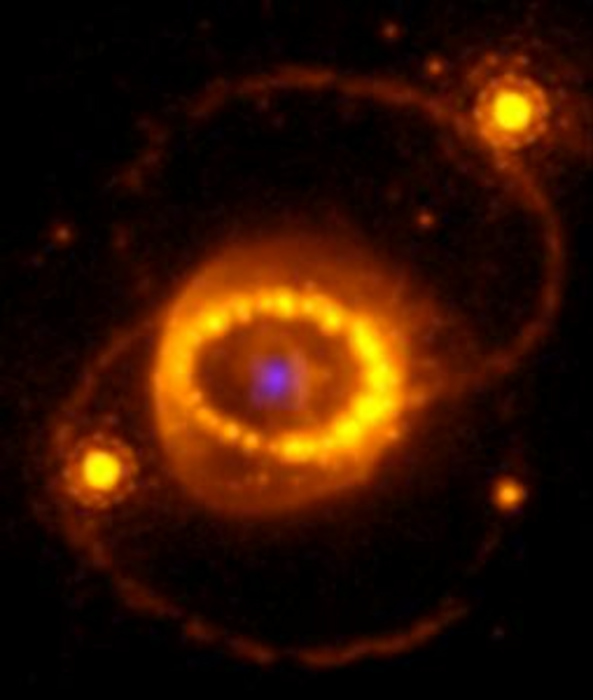

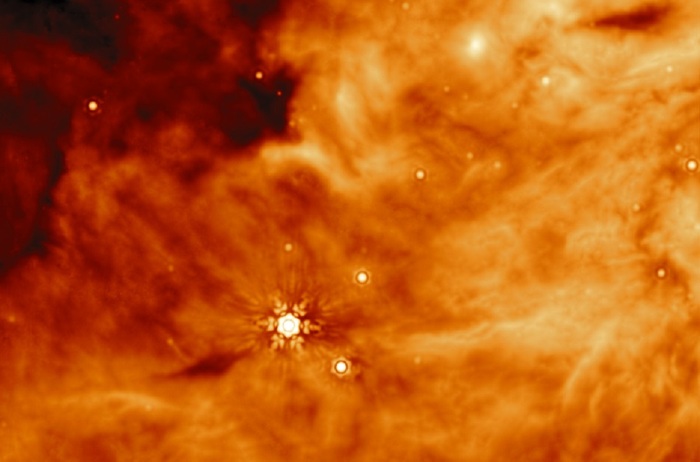
/cloudfront-eu-central-1.images.arcpublishing.com/prisa/TQ73US57UFGWTIXR7C3BS2OTIA.jpg)